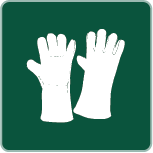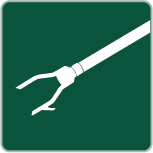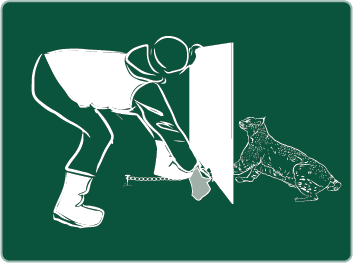Furbearer Trapping
Regulated trapping is an important part of Indiana’s management of furbearers. Trapping is highly regulated, and those regulations are strictly enforced by conservation officers. Regulated trapping is a sustainable activity that does not cause species to become endangered, and much of the animal trapped is used by those licensed to trap. Not all furbearers have a regulated trapping season.
Furbearers with a regulated trapping season include:
- beaver
- coyote
- gray fox
- long-tailed weasel
- mink
- muskrat
- opossum
- raccoon
- red fox
- river otter
- striped skunk
All of these species, except river otter, also have regulated hunting seasons. Like trapping seasons, these are generally in the fall and winter when the animals are mostly used for meat and fur and to avoid the period when the animals might have young in dens. To learn more about the hunting seasons and regulations for furbearers, visit the Hunting & Trapping Guide.
Trapping on state-owned lands
Best Management Practices for Trapping
Best Management Practices for Trapping, or BMPs, are determined by research into traps and trap systems for humaneness, efficiency, selectivity, practicality, and safety. The program has been testing traps and trap systems under international standards since 1997. BMPs help Indiana DNR be confident that traps and trap systems are humane for wildlife while giving licensed trappers information about which traps have been shown to be humane and effective at catching furbearers.






